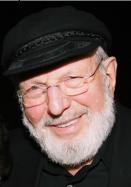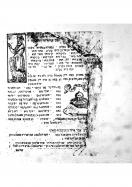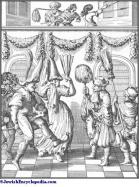(287 results found)
Haynt Iz Purim, Brider
… tape from the AMLI Library in Haifa digitized by the Feher Music Center at Beth Hatefutsoth and transferred to the … presence of the Purim song in the Yiddish song revival in Germany. … Haynt Iz Purim, Brider (‘Today is Purim, … Harry Coopersmith and others. The sources of the text and music of this famous Purim song are multiple; studying them …
Yonatan Malin
… Professor in the University of Colorado Boulder College of Music. His research explores musical structure and meaning a wide variety of genres including German Lieder, Klezmer, and Jewish liturgical music. His book Songs in Motion: Rhythm and Meter in the German Lied was published in 2010 by Oxford University …
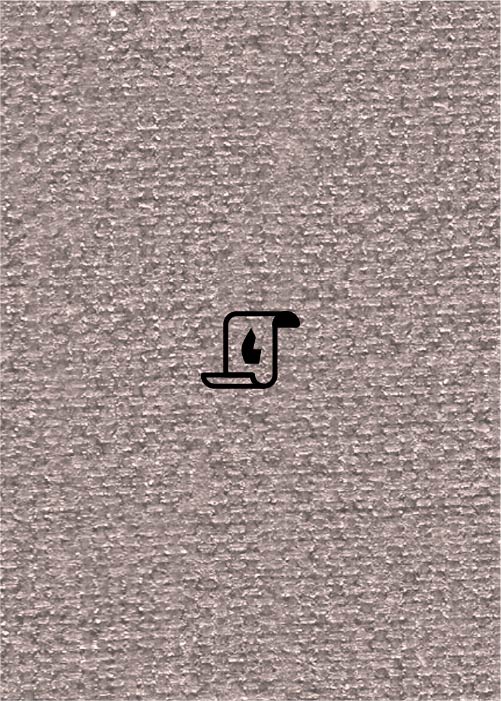
Hatikvah: Conceptions, Receptions and Reflections
… legislative design. Because of the “folk” origins of its music and the re-writing of Naftali Herz Imber’s poem … Different scholars cited two nineteenth-century patriotic German songs, certainly known to German-speaking Jews, as a possible source of inspiration: …
Karev Yom
… The interview was held at the initiative of the Israeli music connoisseur and collector Dudi Patimer. Speaking live … guttural letters. It appears that he wanted to bypass his German accent and sound as “sabra” as possible. A … melody, recorded in the National Sound Archives by various German and Swiss informants, reflects a non-Hassidic …

The Early Attempts at Creating a Theory of Ashkenazi Liturgical Music
… … 2 … Jüdische Musik als Dialog der Kulturen (Jewish Music as a Dialogue of Cultures) … Jüdische Musik als Dialog der Kulturen (Jewish Music as a Dialogue of Cultures) … 33934 … 59–69 … Wiesbaden, Germany … Harrassowitz Verlag … … 2013 … Ashkenaz … …
Ehad mi Yodea - Its sources, variations, and parodies
… focusing on changes introduced to the text and the music within different historical contexts and local Jewish … and there he floats. This specific wording appeared also in German versions of the song (for a detailed discussion of the German variants see Bohlman and Holtzafpel 2001, no. 10, pp. …
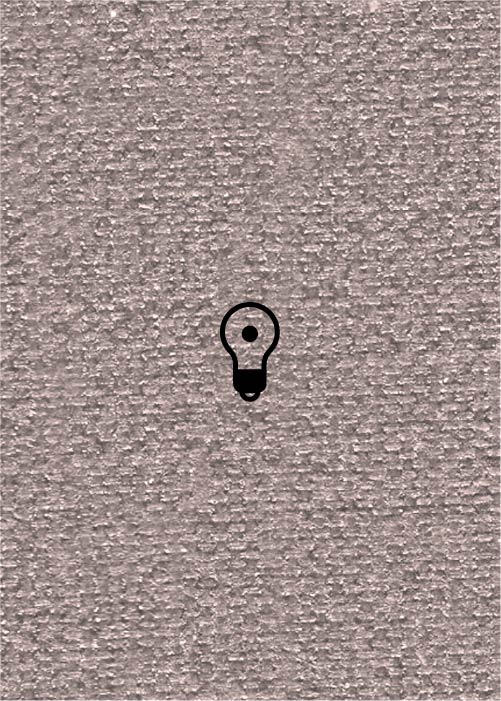
Toyten-tants (LKT)
… and contemporary state of knowledge about klezmer music. Each entry includes a number of citations from … by a Jew... Soon, Dances of Death sprang up in Roman and German forms. The Christians performed them during church … Dance of Death.’ The dance she refers to was probably a German version of the death dance.” Lapson 1943, pp. 461-62 …
Hag Purim – The story behind its melody
… Ancis for four part men's choir. New York: Transcontinental Music Corporation, 1945. Example 5 Moisei Beregovski, … h a vesim h a.” In this last setting it appeared in the German-Jewish journal Ost und West in 1910 ( example 1 ) and … suggest that both stem from the collection of Leo Winz, the German publisher of Kisselgof's collection as well as the …

Sher
… and contemporary state of knowledge about klezmer music. Each entry includes a number of citations from … (Schünemann 1923:413). This is all we could find in the German dance repertoire that has anything in common with … century. They have features in common with the older German ‘Scherer’ and not with the ‘Scherlieder.’ The Jewish …

Forshpil (LKT)
… and contemporary state of knowledge about klezmer music. Each entry includes a number of citations from … began on the Sabbath preceding the wedding... Among the German Jews this celebration was called Spinholz, a medieval German term, the meaning of which cannot be ascertained. The …

